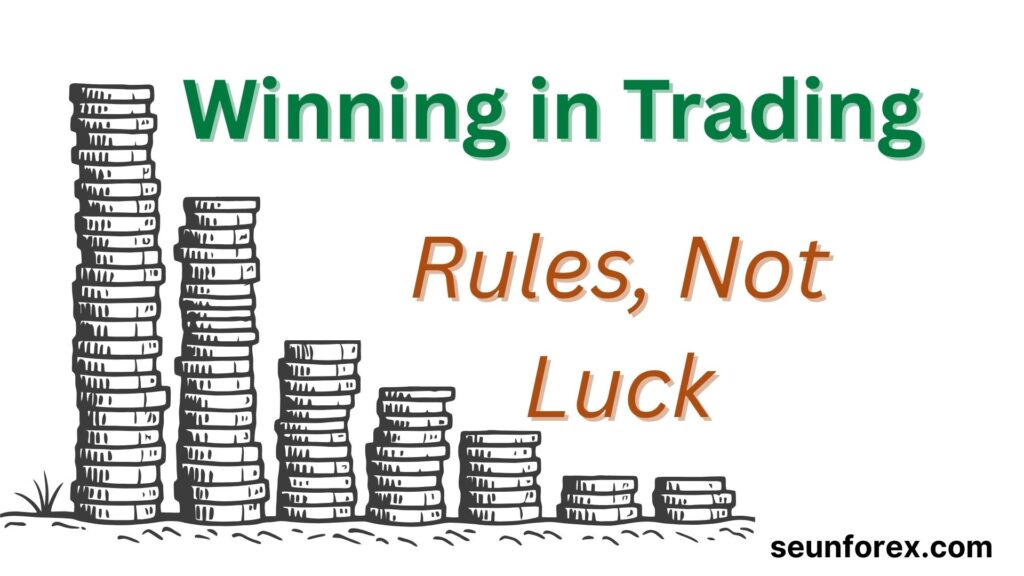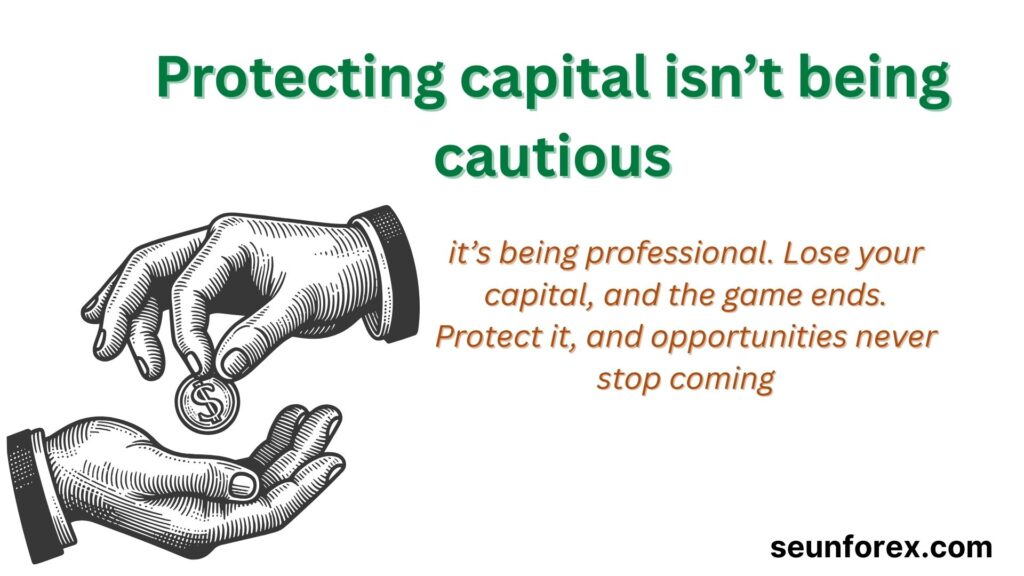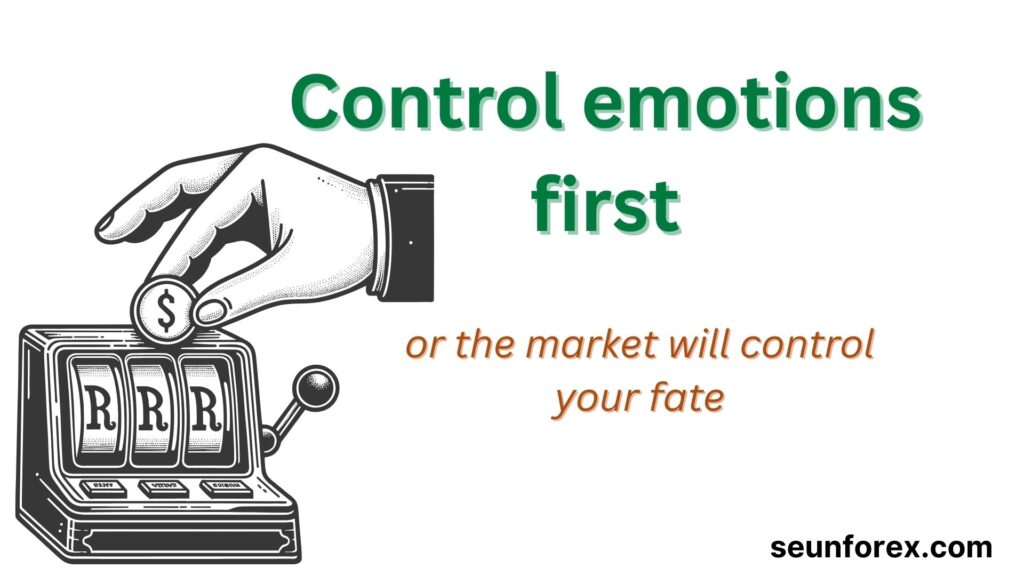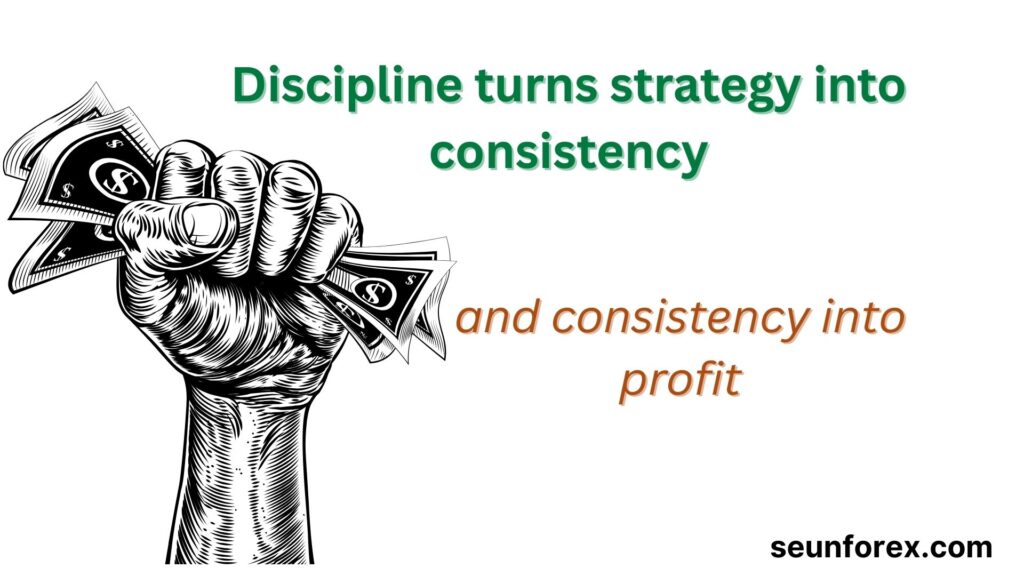
“Trading is not about being right — it’s about surviving long enough to see your edge play out.”
— Paul Tudor Jones
🧩 The Most Valuable Trading Advice You’ll Ever Hear
There’s a saying in the pits of Chicago: “The market will find your weakness faster than it finds your stop.”
Every trader who lasts more than a season eventually learns this truth: success in markets isn’t about intelligence, charts, or even systems. It’s about trading advice — the timeless principles that protect your capital and shape your behavior when greed, fear, and chaos try to take control.
Think of trading advice like flying an aircraft. The weather changes. The wind shifts. Sometimes the instruments flicker. But a skilled pilot doesn’t panic. They rely on rules. In trading, discipline and risk management are those rules.
And here’s the key: the best traders in history — from Jesse Livermore to Mark Minervini, from Ed Seykota to Paul Tudor Jones — all pass down trading advice rooted in principles, not predictions. Not secret indicators. Not shortcuts. Principles.
This article gathers ten of the most powerful pieces of trading advice. Each principle comes from real traders who endured the ups and downs of the markets, refining lessons that still apply today. Together, they form a compass for anyone serious about becoming a successful trader.
Let’s dive in.
🎯 Principle 1: Protect Your Capital at All Costs

“The most important rule of trading is to play great defense, not great offense.”
— Paul Tudor Jones
The market gives opportunities every single day. But it only gives capital once. Lose it, and the game ends.
Beginners obsess over making money. Professionals obsess over not losing it. That’s why seasoned traders always stress one thing: risk management comes before profit.
Think about the math:
- Lose 50%, and you need 100% to break even.
- Lose 90%, and you need 900% to recover.
This is why traders like Jones, Seykota, and Minervini all repeat the same mantra: defense first.
Behavioral Insight:
Most traders don’t fail because they never had a winning trade. They fail because they couldn’t stop a losing streak from snowballing.
Checklist for Protecting Capital:
- Never risk more than 1–2% of your account per trade.
- Always use a stop-loss, even if mental.
- Ask before every trade: “What’s the maximum I can lose?”
- Reduce size in volatile or uncertain markets.
Capital is oxygen. Without it, no strategy, no edge, no dream survives.
🎯 Principle 2: Cut Losses Quickly, Without Emotion
“The key to trading success is emotional discipline. If intelligence were the key, there would be a lot more people making money.”
— Victor Sperandeo
Every trader has felt it: the temptation to hold a losing trade just a little longer. “It’ll come back,” whispers the ego.
But the market doesn’t care about your hope. It only rewards discipline.
The great traders agree: small losses are tuition. Large losses are destruction.
Take Jesse Livermore. His rule was brutal: if a stock doesn’t act right after entry, get out. Period. Not tomorrow. Not after a bounce. Today.
Behavioral Insight:
Hesitation magnifies pain. The longer you wait, the heavier the anchor.
Checklist for Cutting Losses:
- Decide your stop before you enter.
- Never widen it mid-trade.
- Accept small losses as the cost of doing business.
- Review losers not with shame, but with curiosity.
Cutting losses isn’t weakness. It’s strength. It’s the trader’s immune system.
🎯 Principle 3: Let Winners Run — But With Structure
“You must be bigger when you’re right than when you’re wrong.”
— Phantom of the Pits
If Principle 2 is about losing well, Principle 3 is about winning wisely. Most traders sabotage themselves by taking profits too early.
Phantom of the Pits gave us the solution: add to winners, never to losers.
He used the 6-4-2 method: start small, then build only when the market proves you right. Each add is smaller, each one only after confirmation.
This way, your big wins are truly big — and they cover dozens of small scratches.
Behavioral Insight:
Greed wants to grab profits fast. Fear whispers, “Don’t let it turn.” But structure turns greed into growth.
Checklist for Running Winners:
- Add size only when trade is confirmed.
- Pyramid down, not up (smaller adds each time).
- Let charts, not emotions, dictate exits.
- Avoid the “all-in” mentality.
The market rewards patience — but only when combined with discipline.
🎯 Principle 4: Trade With a Plan, Not Hope
“A trader without a plan is a gambler with expensive tools.”
It’s not the charts that make you money. It’s your plan — clear, defined, and tested.
Every professional enters with four essentials:
- Entry criteria — Why am I entering this trade?
- Stop-loss level — Where am I wrong, and how much will I risk?
- Profit target or trailing exit — How will I lock in gains?
- Position size — How much of my account will I commit?
Beginners improvise. Professionals execute.
Think of a general before a battle. He doesn’t wing it. He maps out every scenario, rehearses alternatives, and ensures his troops know the plan. Trading deserves the same rigor — because every trade is a battle against uncertainty.
Behavioral Insight:
Hope is addictive. A trading plan kills hope and replaces it with clarity.
✅ Checklist for Planning:
- Write down your trade rules in advance.
- Define risk before pressing “buy.”
- Track every trade in a journal.
- Review and refine your plans weekly.
If you don’t trade with a plan, the market will write the plan for you. And the market’s plan is always the same: take your money.
Trading Advice: Build your plan before the trade, not during it. That’s what separates a forex trading tip from a gambling habit. A plan is discipline in writing — and it’s the lifeline that keeps you alive when the unexpected happens.rket will plan your losses for you.
🎯 Principle 5: Master Your Emotions Before the Market Masters You

“The markets are a device for transferring money from the impatient to the patient.”
— Warren Buffett
Markets aren’t moved by logic. They’re moved by human emotion — fear, greed, panic, euphoria.
And the deadliest emotions are the ones inside you.
How many times have traders doubled down on revenge trades? Or chased after FOMO entries at the top? Or froze when it was time to sell?
Trading is psychology in motion. Those who master their emotions master the game.
Behavioral Insight:
Charts don’t beat you. You beat yourself.
Checklist for Emotional Discipline:
- Use smaller size until you feel calm.
- Step away after big losses or wins.
- Meditate, journal, or debrief after sessions.
- Treat trading like a business, not a casino.
The best traders aren’t cold robots. They’re humans who learned to harness their emotions instead of being hijacked by them.
🎯 Principle 6: Adapt to Market Conditions — Don’t Fight Them
“Markets are never wrong. Opinions often are.”
— Jesse Livermore
Markets shift. Trends become ranges. Volatility spikes, then dies.
The traders who survive aren’t the ones who cling to one system forever. They’re the ones who adapt.
Think of 2020’s pandemic crash. Momentum traders had to slow down. Swing traders had to widen stops. The ones who didn’t adapt vanished.
Behavioral Insight:
Rigidity is ego disguised as confidence. Adaptability is humility disguised as strength.
Checklist for Adaptability:
- Identify the current market regime (trend, range, high/low volatility).
- Adjust size, stops, and targets accordingly.
- Never marry a bias. Update it daily.
- Stay curious. Stay flexible.
The market rewards those who bend — not those who break.
🎯 Principle 7: Focus on Consistency, Not Perfection
“Small edges, repeated relentlessly, create wealth.”
The rookie dreams of perfection. The professional dreams of consistency.
Think of baseball. A .300 hitter makes the Hall of Fame. That means failing 7 out of 10 times. Trading is the same.
You don’t need to be right 90% of the time. You need a small edge, executed consistently.
Behavioral Insight:
Perfectionism fuels paralysis. Consistency fuels compounding.
Checklist for Consistency:
- Use a repeatable system.
- Focus on process over outcomes.
- Measure results monthly, not trade by trade.
- Track execution, not just profits.
Consistency is boring. And boring builds fortunes.
🎯 Principle 8: Never Add to a Losing Position
“Losers average losers.”
— Paul Tudor Jones
It’s the deadliest temptation in trading: doubling down on a loser.
“If I buy more, my break-even moves closer.”
But averaging down isn’t trading. It’s hoping. And hope is not a strategy.
Every major blow-up in trading history has the same root: averaging losers.
Behavioral Insight:
Your ego wants to be right. Averaging down feeds that ego — but destroys your equity.
Checklist for Avoiding This Trap:
- Commit: no adding to losers. Ever.
- Define rules for scaling only into winners.
- If tempted, reduce size instead.
- Remember: capital is survival.
A losing trade doesn’t kill accounts. Averaging losers does.
🎯 Principle 9: Keep Learning — The Market Never Graduates You
“The best traders are the best learners.”
Markets evolve. Tools change. New players emerge. Old edges fade.
The traders who survive and thrive are lifelong students. Ed Seykota once said he’s still learning after decades of success — proof that no one ever masters the market completely.
Learning isn’t just about books. It’s about applying trading advice in real time. Journaling trades. Reviewing mistakes. Extracting lessons from every win and every loss.
💡 Behavioral Insight:
Arrogance ends careers. Curiosity extends them.
📋 Checklist for Continuous Learning:
- Read one trading book every quarter.
- Journal every trade — wins and losses.
- Study great traders’ principles and trading advice.
- Review your trades monthly to extract lessons.
Trading is not a job you graduate from. It’s a craft you refine. The more you learn, the sharper your instincts, the stronger your discipline, and the more timeless your edge becomes.u refine endlessly.
🎯 Principle 10: Discipline Is the Edge That Never Fades

“In trading, discipline beats brilliance.”
Strategies age. Indicators fade. But discipline never stops working.
Think of the Turtle Traders. They weren’t geniuses. They were disciplined rule followers. And they turned $1 million into $175 million.
Discipline means doing what’s hard when it matters most:
- Taking the small loss.
- Letting the winner run.
- Sitting out when no setup is clear.
Behavioral Insight:
Every blown account is a story of broken discipline. Every trading success is a story of enforced discipline.
Checklist for Discipline:
- Create written rules.
- Automate execution when possible.
- Hold yourself accountable (journal, coach, peer).
- Reward yourself for following rules, not just profits.
Discipline is the final principle because it ties them all together. Without it, nothing works.
🪞 Final Reflection: The Market Is a Mirror
Trading is not a test of intelligence. It’s a test of character.
The market doesn’t expose your strategy. It exposes you. Your patience. Your discipline. Your ability to lose small and win big.
That’s why these 10 trading advice principles matter. They’re not about predicting the next move. They’re about preparing you for the moves you can’t predict.
Because in the end:
- The best traders don’t avoid losses. They survive them.
- The best traders don’t chase perfection. They chase consistency.
- The best traders don’t worship indicators. They worship discipline.
Follow these principles, and you give yourself the greatest trading edge of all: longevity.
Because in this game, survival is victory. And victory, repeated, becomes wealth.
📌 Key Takeaway:
Trading isn’t about brilliance. It’s about behavior. Protect your capital, cut losses fast, run winners, adapt, and stay disciplined. Everything else is noise.
👉 Want to see how to measure your own progress as a trader? Read this guide on 25 Signs You’re Improving as a Forex Trader — it shows you the habits and growth markers that prove discipline is paying off.